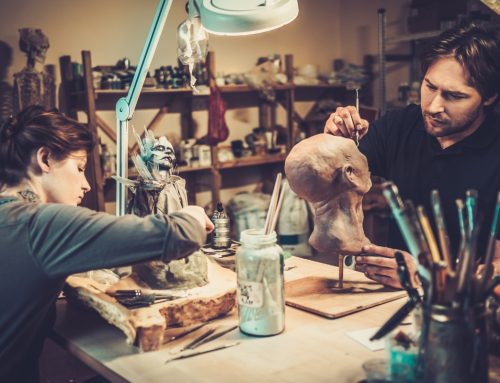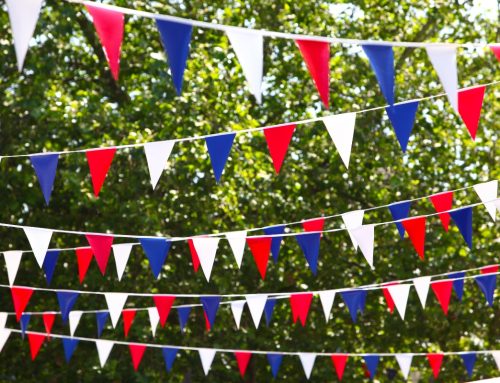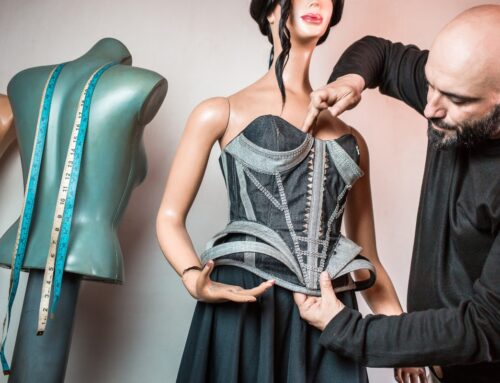Every theatre production starts with a script. Words on paper or screen. Creating a new production is an exciting and difficult time. Deciding on how the script will be interpreted and what influences to work with can be challenging. In these early stages, it can help to create a vision board. By collecting images to inspire creative thinking, a costume vision board can be a valuable part of the design process.

The Creative Process
A production would benefit from a range of vision boards. From an overall theme board by the director to more specific set design details. All images used on the boards should be checked against the main theme board to make sure the approach is cohesive.
The Benefits of a Costume Vision Board
A costume vision board can help a director, costume designers and actors. Actors can create their own vision board to help understand their character. Selecting images regarding the expected appearance of a character, from the hair to the posture can be a valuable part of preparing for a role. By working with a specific costume vision board, the set designers and makeup team can clearly understand what the final aim is.
How to Start Creating a Costume Vision Board
As previously mentioned, start with the script. Identify such details as; what time period is the production set in? What locations will the character find themselves in? Think about the temperatures the characters need to be convincing in portraying. Identify if any obvious stage directions will influence the costume such as ‘getting out of bed’. If your character requires multiple costume changes, you may need to create a different vision board for each costume.
Consider All the Character Details
While ensuring you stay true to the planned style of the production, think about all the details for your character. What will their hair and makeup look like? It’s a good idea to detail the accessories or props they will work with as this could influence the costume design. You also need to consider what movements the actor will need to perform. For example, is it an energetic role that needs free movement or will the actor require prosthetic features?
Creating the Vision Board
You have the choice of two different ways to create your costume vision board;
Analogue – Using paper, scissors and glue create a physical vision board. Collect images from magazines, brochures and websites. By creating an analogue board, you can attach paint colours and fabric swatches to describe the style of the costume. Don’t stick everything down as you collect. Gather a wide range of images and swatches to communicate the character detail and then edit them down. Make sure you have the vision board for the main production to check against and remove any images that don’t correctly represent what is needed.
Digital – Websites like Pinterest are a great way of using images from a wide range of sources. Digital vision boards are easy to share with other members of the production team so you can edit together. With Pinterest, you can ‘pin’ images from other websites or upload your own images. Once you are happy with your digital vision board, it is then easy to share with your costume designer.
Costume Design Specialists
At Promotional Props and Costumes, we love working to bring your ideas to life. As specialists in working on theatrical costumes, we’re not about off the peg design. We work with your ideas to bring the characters to life to create costumes that transport audiences into the story.





